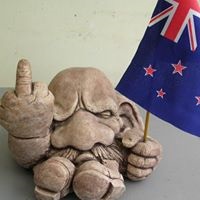According to 'Babbel', which language is the most difficult language to learn for English speakers?
The English word "mandarin" originally meant an official of the Ming and Qing empires. According to 'Babbel Magazine', the hardest language to learn is also the most widely spoken native language in the world. Mandarin Chinese is challenging for a number of reasons. First and foremost, the writing system is extremely difficult for English speakers (and anyone else) accustomed to the Latin alphabet.
In addition to the usual challenges that come with learning any language from scratch, people studying Mandarin must also memorize thousands of special characters, unlike anything seen in Latin-based languages.
But writing isn’t the only difficult part of learning Mandarin. The tonal nature of the language makes speaking it very hard as well. There are several Chinese dialects, including Cantonese — spoken primarily in southeastern China and other parts of Southeast Asia — which have different written characters and pronunciations, and are also very difficult to learn.
Mandarin Chinese has four tones, so one word can be pronounced four different ways, and each pronunciation has a different meaning. For instance, the word ma can mean “mother,” “horse,” “rough” or “scold” — depending on how you say it.
A syllable consists maximally of an initial consonant, a medial glide, a vowel, a coda, and tone. In the traditional analysis, the medial, vowel and coda are combined as a final. Not all combinations occur. Mandarin has about 1,200 distinct syllables.
More Info:
www.babbel.com









